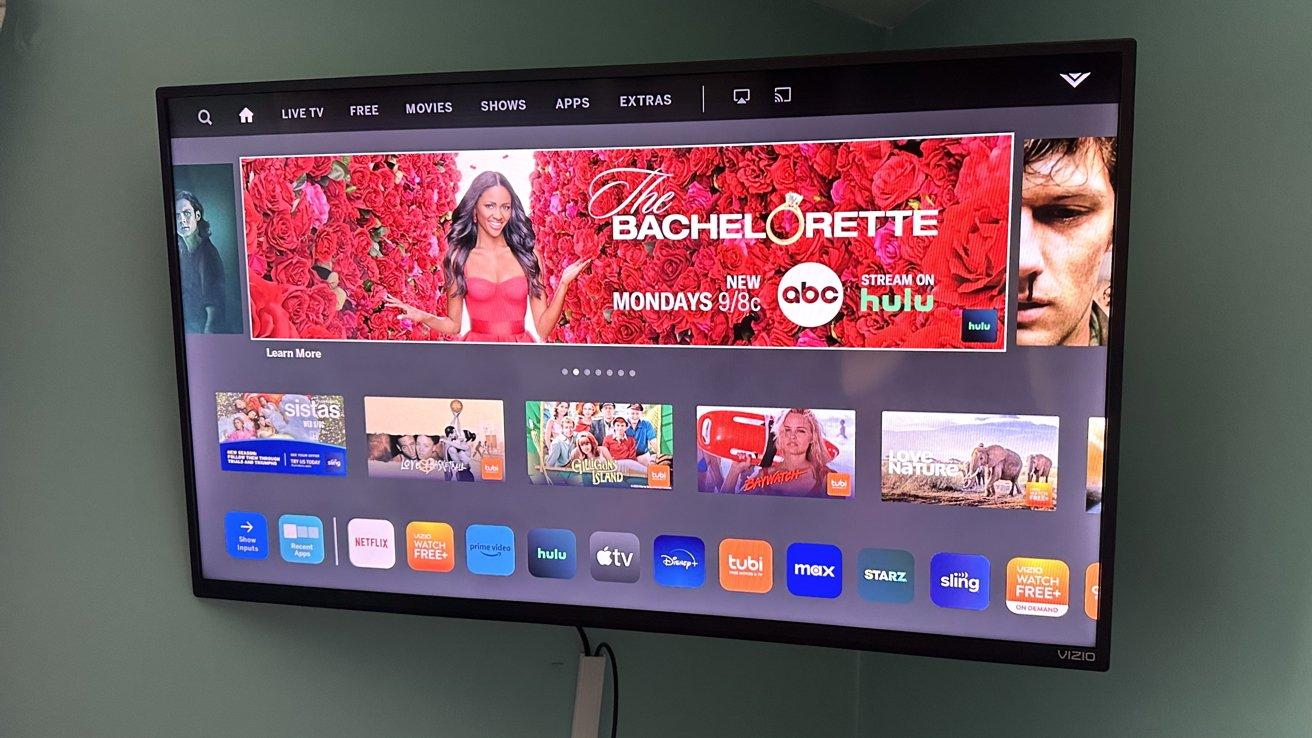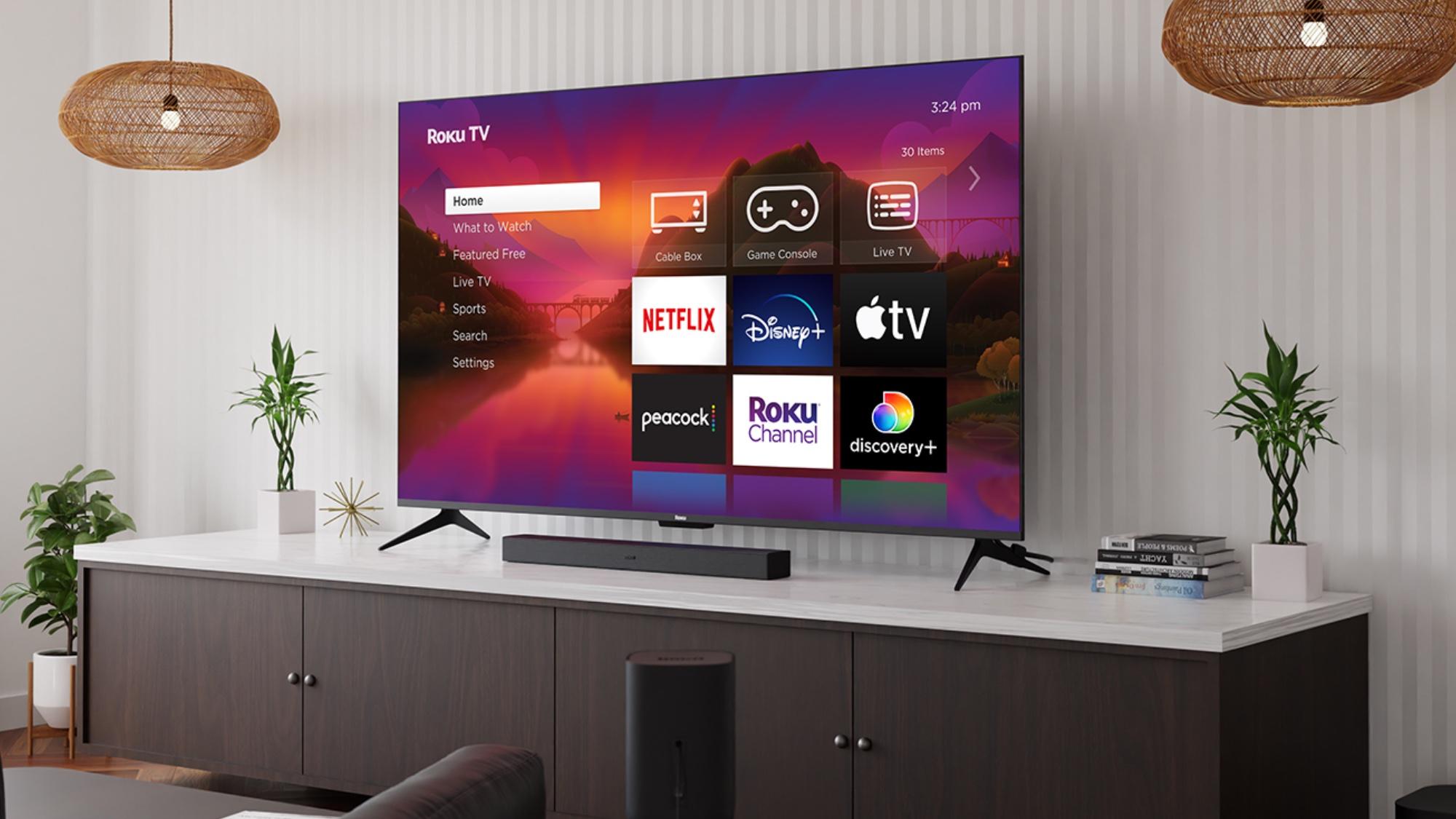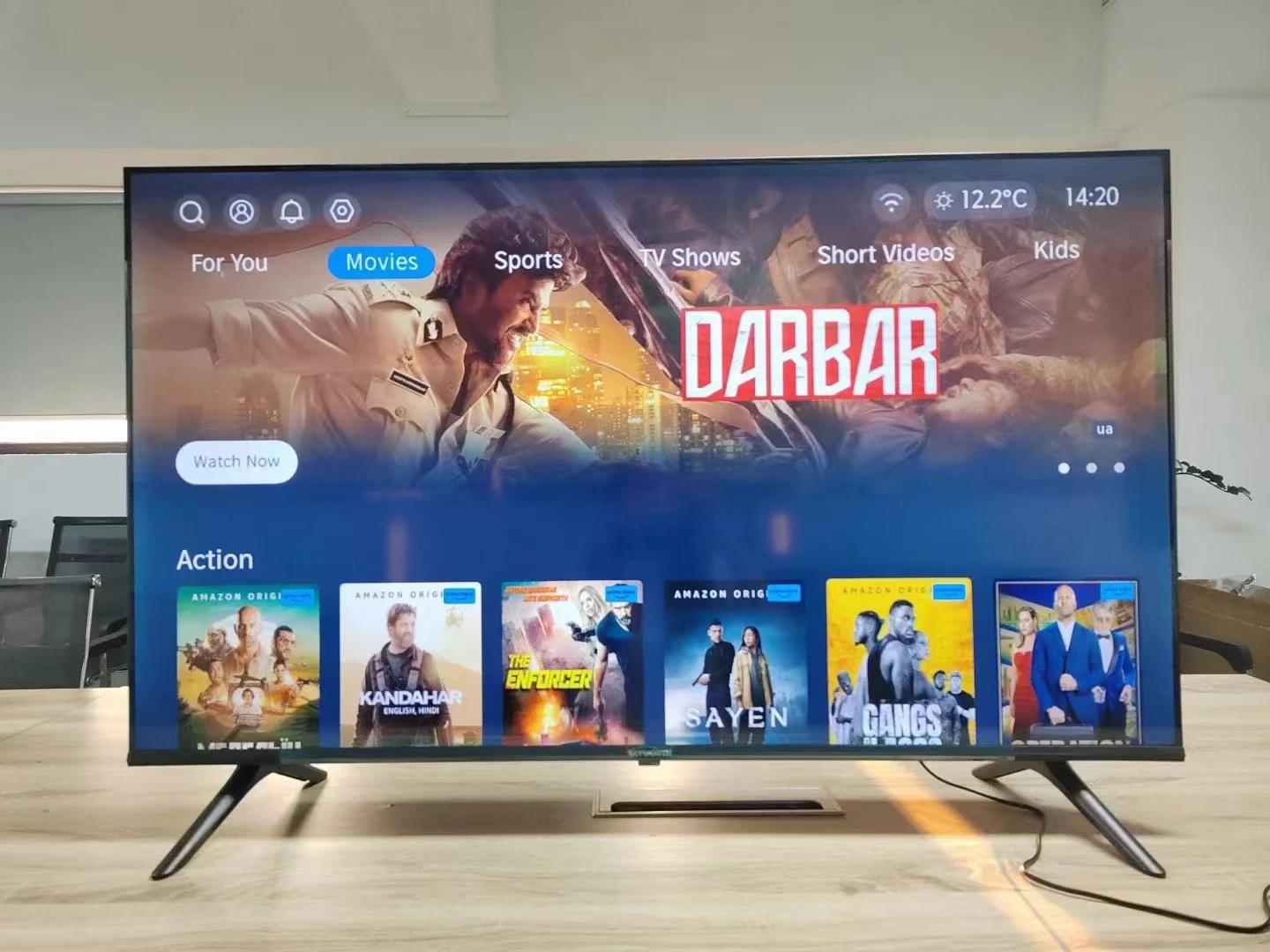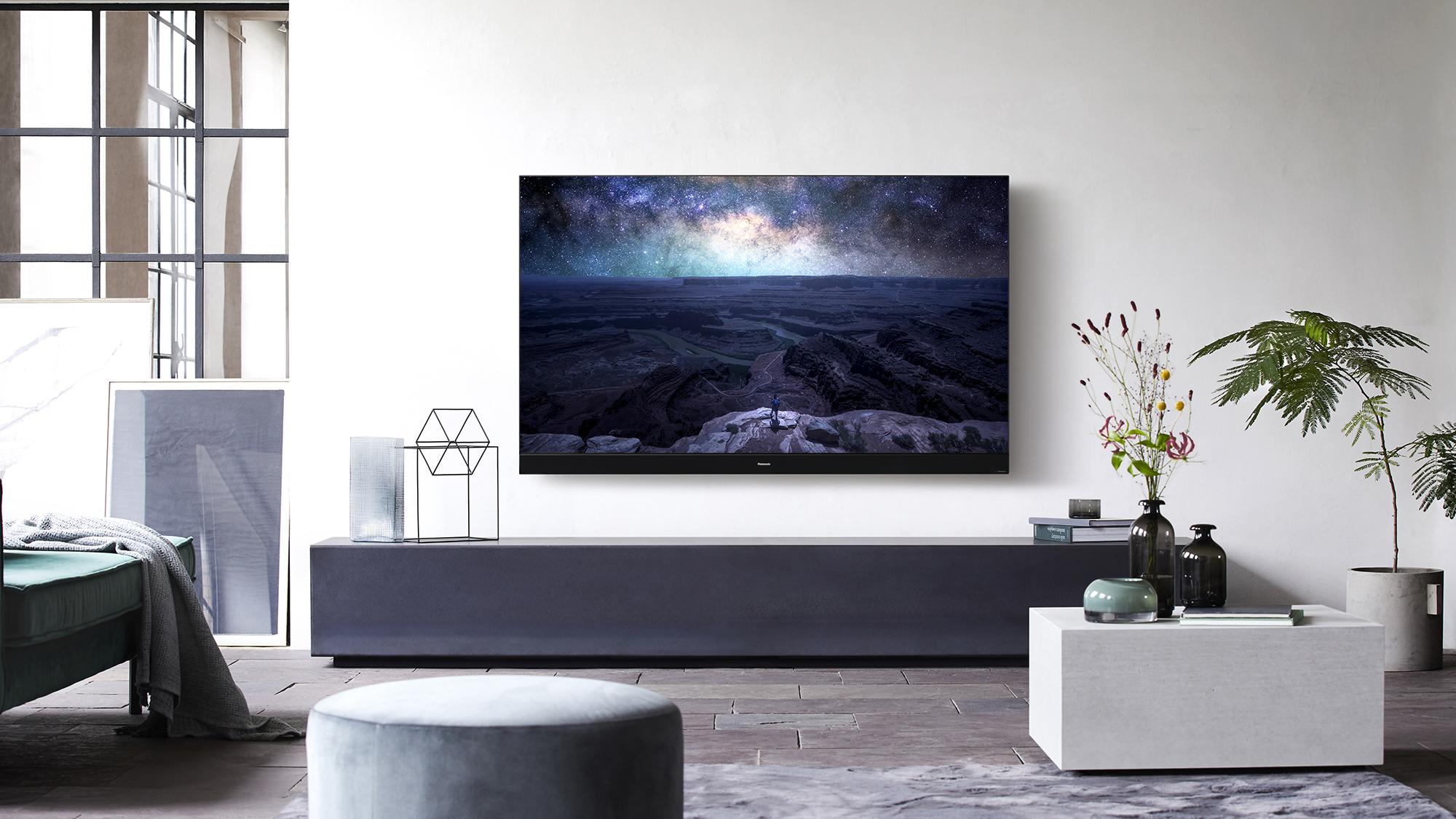In today’s rapidly evolving digital landscape, the way we consume television content has undergone a significant transformation. For casual viewers seeking to enhance their entertainment experience, the choice between a Smart TV and a streaming stick can be pivotal. Each option offers unique advantages and potential drawbacks, making the decision a nuanced one. This article aims to provide an analytical comparison of Smart TVs and streaming sticks, focusing on key factors such as cost, functionality, user experience, and compatibility. By exploring these elements, we aim to guide casual viewers toward a more informed decision tailored to their specific needs and preferences.
Device Performance and User Experience
When it comes to device performance, smart TVs and streaming sticks offer distinct experiences tailored to different user needs. Smart TVs often come with powerful processors and ample RAM, providing a seamless, integrated experience. The built-in operating systems, like Android TV or webOS, allow for swift navigation and quick app launches. The larger hardware capacity generally means less buffering and smoother streaming, even at higher resolutions.
On the other hand, streaming sticks are compact, cost-effective solutions that plug directly into your TV’s HDMI port. While they may have less processing power compared to smart TVs, they excel in delivering a focused streaming experience. Users can enjoy a plethora of apps with simple remote controls and easy-to-navigate interfaces. Key benefits include:
- Portability: Easily move between different TVs or take on the go.
- Affordability: Generally cheaper than upgrading to a new smart TV.
- Regular Updates: Often receive updates more frequently, ensuring access to the latest features.

Content Variety and Accessibility
When evaluating the range of content and ease of access, both Smart TVs and streaming sticks offer unique advantages tailored for casual viewers. Smart TVs come equipped with built-in apps, eliminating the need for additional devices. They often feature a wide array of pre-installed streaming services like Netflix, Hulu, and Amazon Prime Video, making it straightforward to dive into your favorite shows. Additionally, Smart TVs generally offer a more seamless integration with live TV and cable services, providing a one-stop solution for diverse viewing preferences.
On the other hand, streaming sticks excel in flexibility and portability. These devices, such as the Amazon Fire Stick or Roku, allow users to transform any television with an HDMI port into a smart entertainment hub. Their app stores frequently update, offering a broader selection of niche streaming services and channels. Key benefits include:
- Portability: Easily switch between TVs or take it on the go.
- Affordability: Often less expensive than upgrading to a new Smart TV.
- Frequent Updates: Regular software updates keep the interface fresh and responsive.
Ultimately, the choice hinges on whether you prioritize an all-in-one solution or a more customizable and portable experience.

Cost Considerations and Value for Money
When evaluating the financial aspects, it’s essential to consider both initial investment and long-term value. Smart TVs typically come with a higher upfront cost, which includes a wide array of features such as integrated streaming apps, voice control, and often superior display quality. For those who prioritize a sleek, all-in-one solution, this might justify the price. However, be mindful of potential additional expenses like subscription services and possible upgrades for enhanced functionality.
On the other hand, streaming sticks offer a more budget-friendly option, often available at a fraction of the cost of a smart TV. Their compact design and ease of use make them an attractive choice for casual viewers who already own a standard TV. Benefits include:
- Low initial cost
- Portability – perfect for travel or moving between rooms
- Flexibility – easily switch between different TVs
While they may lack some advanced features of smart TVs, they deliver solid value for those looking to enhance their viewing experience without a significant financial commitment.

Ease of Setup and Installation
For those looking to dive into the world of streaming without a hassle, understanding the setup process of each option is crucial. Streaming sticks are generally known for their plug-and-play simplicity. With a compact design, they typically require nothing more than an available HDMI port and a power source. Once connected, a straightforward on-screen guide walks users through the initial setup, often completed in just a few minutes. This ease makes them an attractive choice for those who prefer minimal tech involvement.
On the other hand, Smart TVs offer a more integrated approach but may involve a slightly more complex setup process. While most come with built-in Wi-Fi and pre-installed apps, initial configuration can be more involved due to additional features like screen calibration and account synchronizations. However, the benefit of having everything in one device might outweigh the initial setup complexity for users seeking a seamless experience. Key considerations include:
- Space and Aesthetics: Streaming sticks offer a clutter-free setup.
- Integration: Smart TVs provide a unified system without extra devices.
- Technical Comfort: Streaming sticks are perfect for those less tech-savvy.



